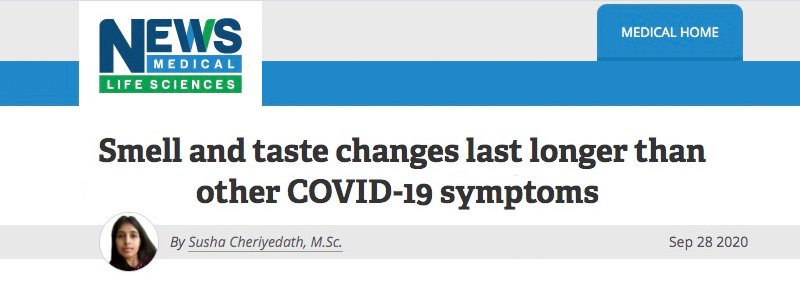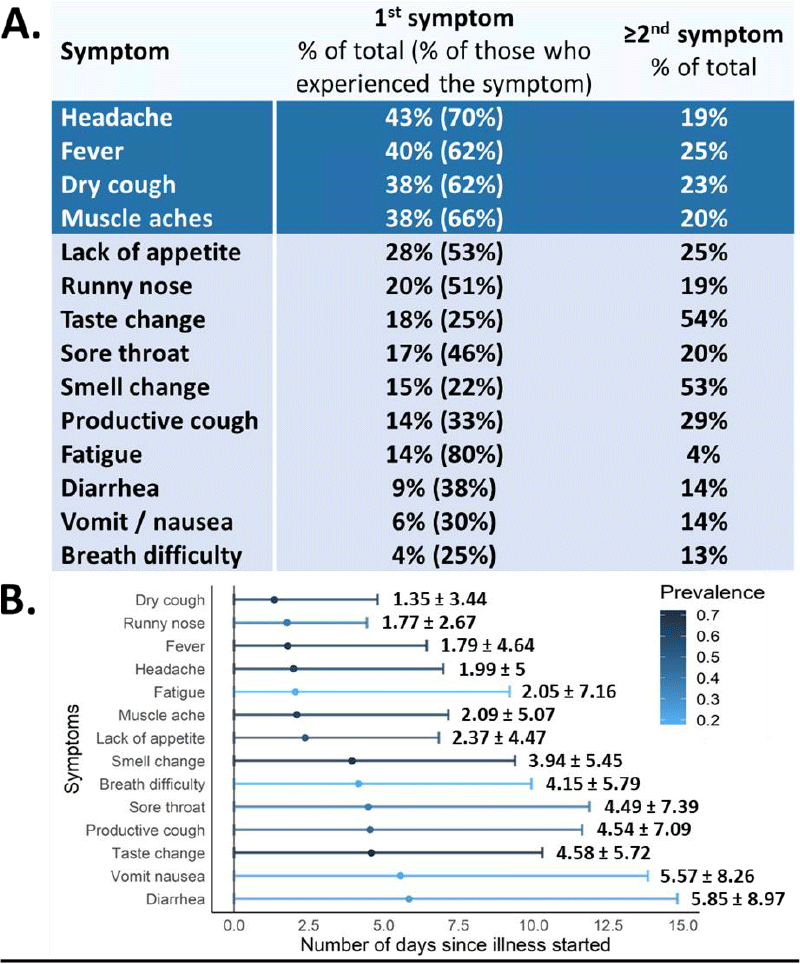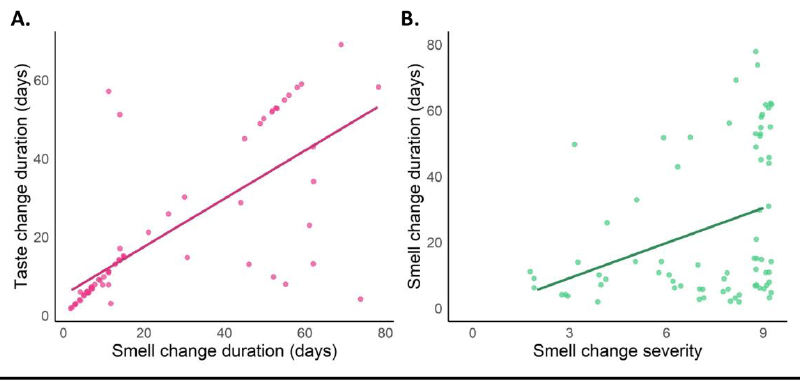

The coronavirus disease (COVID-19) caused by severe acute respiratory syndrome coronavirus 2 (SARS-CoV-2) emerged to become a worldwide pandemic, infecting over 33 million globally, and now claiming more than 1 million lives. It has also caused crippling socio-economic repercussions across the globe.
The symptoms of COVID-19 and their severity vary widely based on several factors. Studies have shown that COVID-19 can lead to prolonged illness even in patients with mild symptoms. Some reports suggest that symptoms may persist even after recovery and negative real-time polymerase chain reaction (RT-PCR) test results.
COVID-19 primarily targets the human respiratory system, with commonly reported symptoms, such as fever, shortness of breath, cough, muscle aches, fatigue, headache, sore throat, loss of smell (anosmia), or taste (ageusia/dysgeusia), nausea/vomiting, and congestion.
The order of appearance and duration of these symptoms or their severity have not been sufficiently explored yet. Establishing a course of illness and being able to advise patients what to expect is crucial from a patient care standpoint. It boosts the patients’ ability to cope with the social, physical, mental, and financial challenges that arise with the disease. Since the manifestation of COVID-19 is multifaceted, it requires longitudinal symptom characterization to help screening and disease management.
A preprint paper published on the medRxiv https://www.medrxiv.org/content/10.1101/2020.09.25.20201343v1 server details a recent study by researchers from The Hebrew University, Hadassah-Hebrew University medical center, and Hadassah University Hospital, which addresses this gap in knowledge about the symptoms experienced by COVID-19 patients.
As part of this study performed in Israel during April and May 2020, the researchers conducted phone interviews and follow-ups with 112 adult COVID-19 patients with mild symptoms over 6 weeks. The patients were aged ≥18 years with positive RT-PCR results. Severely ill patients were excluded from this study.

Smell and taste changes lasted longer than other symptoms
The results of the study showed that nearly 70% of the study group experienced more than one symptom at the onset of disease. More than 1/3rd of the patients presented with fever, headache, dry cough, or muscle ache as the first symptom. In cases that reported fatigue, it was usually the first symptom noticed.
Changes in smell and taste occurred 3.9 ± 5.4 days and 4.6 ± 5.7 days (mean ± SD) from disease onset and were the first symptoms in 15 and 18% of patients, respectively. Fever was the symptom that lasted for the shortest duration – 5.8 ± 8.6 days (mean ± SD), and smell and taste changes lasted the longest – 24.3 ± 22.9 days and 19.4 ± 19.1 (mean ± SD), respectively.
“We found COVID-19 illness to have a prolonged phase, in which symptoms such as fever, lack of appetite, headache and muscle aches are recovered, but dry cough, loss of taste, and loss of smell persist, with the latter having the longest duration of 24.3 ± 22.9 days (mean ± SD).”
Longer duration of anosmia correlated with the severity of anosmia. One-third of the patients who experienced cough, anosmia and taste changes had these symptoms even after they tested negative in RT-PCR tests.
Symptoms-related data can help predict recovery patterns
Based on the data collected from the study group, the team concluded that while many of the typical symptoms can occur first or last, some were more likely to be the first symptom. Typically, during the onset, most patients reported more than one symptom. The extent of olfactory changes is directly associated with time taken for smell recovery.
Lack of chemosensory recuperation in patients after recovery is also common. The team hopes that the findings of their study may help in keeping patients informed about expected symptoms and recovery patterns at various stages of their illness.
“This information regarding their symptoms’ durations and persistence post-recovery can potentially reduce anxiety and promote better management of patients’ financial, social, and mental wellbeing during the disease.”

Limitations of this study
The main limitation of this study is that it excluded severely ill patients, and is hence only relevant to COIVD-19 patients with mild to moderate illness. All the data gathered were self-reported by the patients through a questionnaire, and objective testing was not performed as part of this study.
Moreover, this is a short duration study conducted for 6 weeks in the post-acute illness stage.
Given the importance of chemosensory disorders in COVID-19, the authors believe more extensive group studies, focusing on the order of appearance, duration, severity, and persistence of the symptoms, which extend over a more extended time period are essential to discovering additional manifestations of COVID-19.